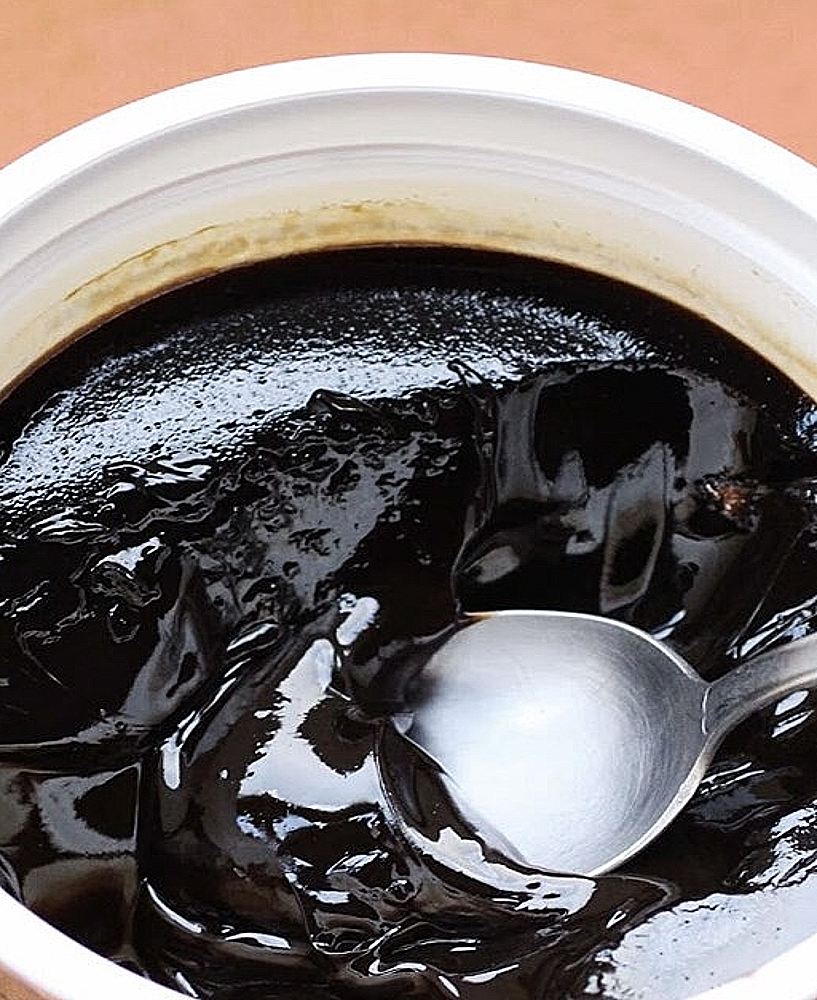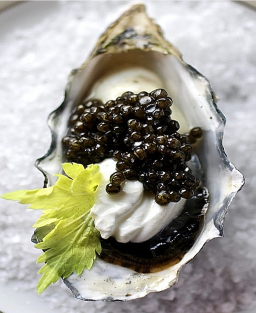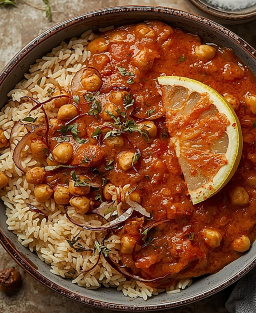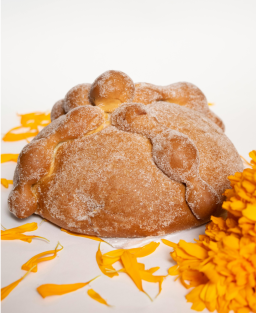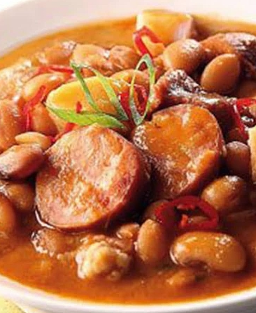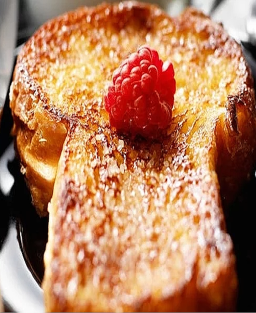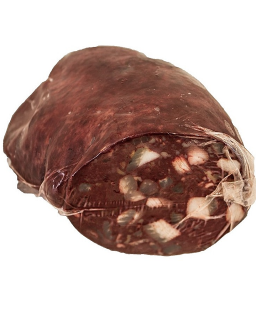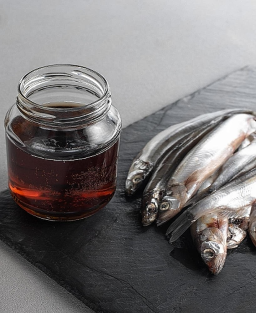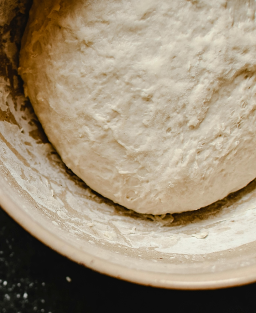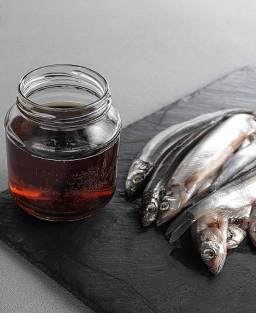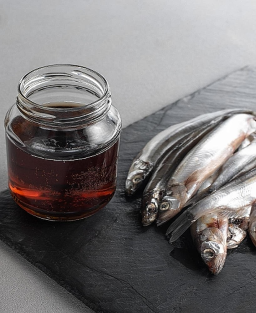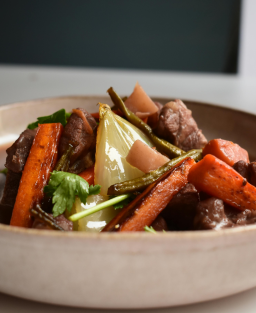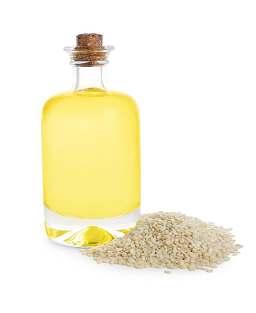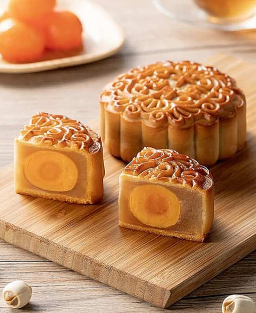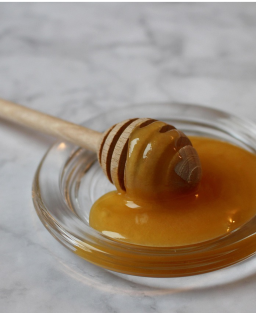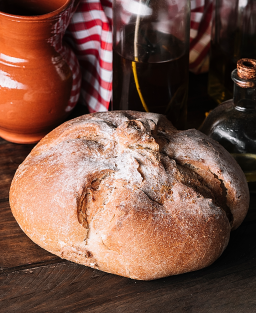Traditional Liège Syrup Recipe: History, Codified Preparation, and Savory & Sweet Culinary Uses
Traditional Liège Syrup Recipe: History, Codified Preparation, and Savory & Sweet Culinary Uses
Country / Region
-
Country: Belgium
-
Region: Province of Liège (Wallonia, Pays de Herve)
-
Official status: Listed as a Traditional Specialty Guaranteed (TSG), although the official specifications are not published in a unified way in the European register.
-
Recipe origin: Oral transmission (peasant recipe attested since the 17th century).
-
Specifications: Yes (codified traditional method).
-
Certification body: Producers’ association (e.g., Siroperie Meurens) and European Commission (if TSG confirmed).
Confraternity
The Confraternity of the Peûres di Sint-R’Mèy, founded in 1986 in Saint-Remy, a village in the Pays de Herve, works to promote local fruit production, especially the Saint-Remy pears, and to preserve the region’s culinary heritage.
This confraternity is particularly active during local festivals such as the Cûtès Peûres, a traditional Liège dessert made of baked pears in a mixture of Liège syrup, cinnamon, and brown sugar. This dessert is enjoyed warm or hot and is often associated with cultural and gastronomic events in the region.
Thus, the Confraternity of the Peûres di Sint-R’Mèy plays a key role in preserving culinary traditions linked to Liège syrup and promoting local products from the Pays de Herve.
Traditional and Modern Culinary Uses
-
Signature savory dishes
-
Liège-style meatballs: a must-try specialty where syrup is added to the onion and vinegar-based sauce, giving a fruity sweetness and characteristic creaminess.
-
Rabbit with Liège syrup: a stew where the syrup partially replaces sugar or honey, producing a sweet yet slightly tangy sauce.
-
Marinades and sauces for game or poultry: pairs perfectly with strong-flavored meats like wild boar, duck, or pigeon.
-
-
Accompaniments and cheeses
-
Traditionally served with Belgian hard cheeses (Herve cheese, aged Gouda, Chimay cheese).
-
Spread on buttered bread, it becomes a popular and nourishing snack.
-
-
Pastry and baked goods
-
Used as a filling in apple or pear tarts.
-
Mixed into dough to flavor cookies, waffles, or gingerbread.
-
Also serves as a topping for crepes, waffles, and pancakes.
-
-
Modern cuisine and gourmet reinterpretation
-
Incorporated into sweet-and-sour sauces with soy or balsamic vinegar.
-
Reduced to accompany pan-seared foie gras.
-
In original vinaigrettes combining walnut or hazelnut oil.
-
History
Liège syrup originated in the rural areas of Liège, where peasants sought to preserve surplus apples and pears. Its preparation is mentioned as early as the 17th century, and in the 19th century, several artisanal syrup producers structured production.
The recipe has changed little: long cooking of the fruit, juice extraction, slow reduction. The addition of dates was introduced in the 19th century in some preparations to enrich the flavor.
Legend or anecdote
A tradition tells that a Liège peasant, worried about his apples spoiling in autumn, cooked them for a long time. He thus discovered a dark and aromatic syrup that delighted his village and allowed him to preserve the fruit all winter.
Official specifications (codified summary)
-
Name: “Liège Syrup”
-
Permitted ingredients:
-
Apples (cooking varieties)
-
Pears (cooking varieties)
-
Dates (optional)
-
No added sugar in the traditional recipe (prohibited if labeled).
-
-
Yield: 4 to 8 kg of fruit needed for 1 kg of finished syrup.
-
Process:
-
Wash and quarter the fruit.
-
Slow cooking until the flesh collapses.
-
Press/sieve to recover the juice.
-
Slow reduction (10–12 h) until thick consistency.
-
Hot filling into jars.
-
-
Organoleptic characteristics:
-
Dark brown color, glossy paste.
-
Thick and spreadable texture.
-
Fruity and slightly tangy taste.
-
-
Additives:
-
Tradition: none
-
Industry (tolerance outside TSG): sugar, inverted sugar syrup, amidated pectin, citric acid
-
-
Labeling:
-
Clear name
-
Complete ingredients with proportions (e.g., “prepared with 400 g of fruit per 100 g of syrup”)
-
-
Control:
-
Recording fruit batches
-
Monitoring cooking temperatures and times
-
Organoleptic and physico-chemical control (sugar content, acidity)
-
Recipe description
Liège syrup is a thick, brown, glossy fruit paste. Sweet and slightly tangy, it is used both on bread and in cooking (sauces, meats, cheeses).
Ingredients
| Ingredient | Quantity | Approx. weight (g) |
|---|---|---|
| Cooking apples (Reinette, Belle-Fleur…) | 5 kg | 5000 g |
| Pears (Conference, Beurré Hardy…) | 7 kg | 7000 g |
| Pitted dates (optional) | 500 g | 500 g |
| Lemon juice (optional) | 50 ml | 50 g |
Note: Exact proportions may vary depending on the water content and type of fruit used.
Detailed preparation
-
Fruit preparation
-
Choose perfectly ripe, undamaged fruits with high pectin content (apples, pears, and optionally dates).
-
Wash carefully with clean water without peeling, as the skin concentrates part of the aromas and natural pectin.
-
Cut into uniform quarters, keeping seeds and cores, which help naturally thicken the syrup.
-
-
First cooking (juice and pulp extraction)
-
Place quarters in a large copper basin (traditionally used for good heat conduction and flavor preservation).
-
Add a small amount of water (1–2 glasses max per 10 kg fruit) just to prevent sticking at the start.
-
Cook over low and steady heat without vigorous boiling for 3–4 hours.
-
Stir regularly with a large wooden spatula to extract the juice evenly.
-
The fruit should completely break down into a thick compote.
-
-
Pressing and straining
-
Pass the still-hot preparation through a sieve or fruit press to separate liquid pulp from skins, seeds, and fibers.
-
Obtain a dense liquid without pieces.
-
Perform quickly to prevent oxidation and aroma loss.
-
-
Slow reduction of the juice
-
Return the filtered juice to the cleaned copper basin.
-
Cook very gently, uncovered, allowing water to evaporate naturally.
-
This reduction lasts 10–12 hours depending on the fruit quantity and initial moisture.
-
Stir frequently to prevent sticking or excessive caramelization.
-
The preparation will gradually thicken, darken in color, and concentrate its aromas.
-
Finely chopped dates can be added at the end (traditional option) for extra flavor depth and natural sweetness.
-
-
Consistency check
-
Syrup is ready when it coats the spoon evenly, with a smooth, glossy texture.
-
Cold test: a drop on a cold plate should not spread quickly but maintain a round, syrupy shape.
-
-
Jar filling and storage
-
Pour hot syrup into sterilized glass jars.
-
Close immediately with a tight lid.
-
Invert jars for a few minutes to create a vacuum.
-
Store in a cool, dry, dark place. Properly stored, syrup lasts several months up to a year.
-
Tips
-
Variant: add prunes in some artisanal recipes.
-
Avoid overcooking (causes burnt taste).
-
Use ripe, slightly acidic fruit.
-
Recommended pairings: Herve cheese AOP, Liège-style meatballs, country bread toast.







